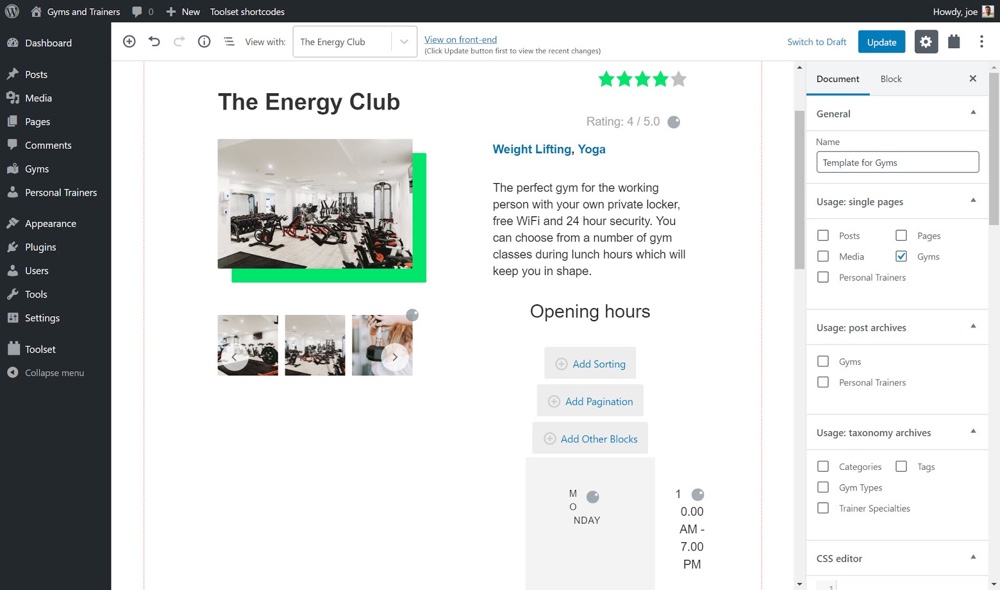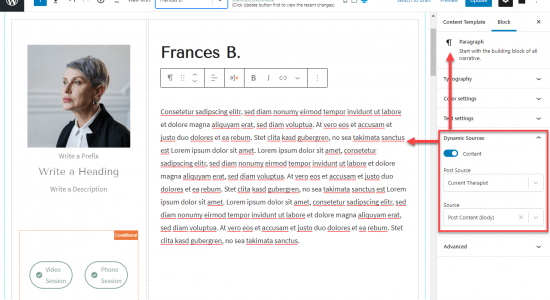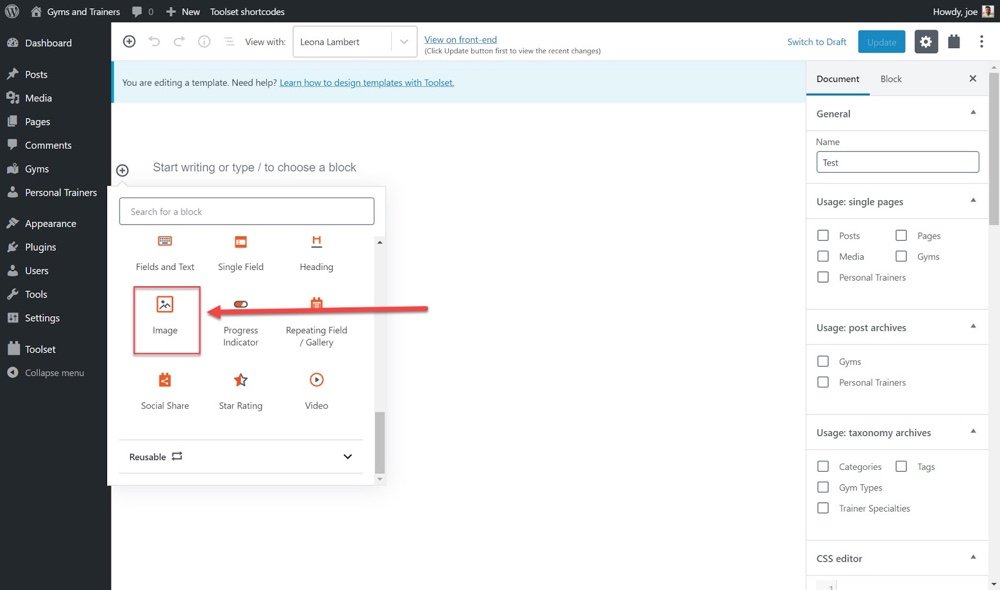WordPress is a popular tool for building websites. It is easy to use. But, you can make it better. Adding dynamic content can improve your site. Let’s learn how to do it.
What is Dynamic Content?
Dynamic content changes based on user actions. It is different from static content. Static content stays the same for everyone. Dynamic content changes. It makes your site more engaging.
Examples Of Dynamic Content
- Personalized greetings
- Related posts
- Real-time updates
- User comments
Why Add Dynamic Content?
Dynamic content makes your site more interesting. It keeps users engaged. It can improve user experience. It can also help with SEO. Search engines like fresh content.

Credit: www.wpexplorer.com
Ways to Add Dynamic Content
1. Use Plugins
Plugins are tools you can add to WordPress. They add new features to your site. Many plugins can add dynamic content. Here are some popular ones:
| Plugin Name | Description |
|---|---|
| Elementor | Drag and drop builder with dynamic content options. |
| Advanced Custom Fields (ACF) | Add custom fields to posts and pages. |
| WPForms | Create dynamic forms for user input. |
2. Use Widgets
Widgets are small blocks you can add to your site. They can show dynamic content. You can find widgets in your WordPress dashboard. Go to Appearance and then Widgets.
3. Use Shortcodes
Shortcodes are small pieces of code. They can add dynamic content to your site. You can use them in posts, pages, and widgets. Many plugins come with shortcodes. They make it easy to add dynamic content.
Steps to Add Dynamic Content
Step 1: Choose A Plugin
First, choose a plugin. Think about what you need. Do you want to add custom fields? Do you need a form builder? Pick the best plugin for your needs.
Step 2: Install The Plugin
Next, install the plugin. Go to your WordPress dashboard. Click on Plugins and then Add New. Search for your plugin. Click Install Now. Then, click Activate.
Step 3: Configure The Plugin
After activation, configure the plugin. Each plugin is different. Read the plugin documentation. Follow the steps to set it up.
Step 4: Add Dynamic Content
Now, you can add dynamic content. Use the plugin features. For example, with ACF, add custom fields to your posts. With Elementor, use dynamic widgets. With WPForms, create interactive forms.

Credit: toolset.com
Tips for Adding Dynamic Content
1. Keep It Simple
Don’t add too much dynamic content. It can slow down your site. Focus on what is important for your users.
2. Test Your Changes
Always test your changes. Make sure everything works. Check how it looks on different devices.
3. Monitor Performance
Dynamic content can affect performance. Monitor your site speed. Use tools like Google PageSpeed Insights. Optimize your site if needed.
Frequently Asked Questions
How Do I Add Dynamic Content In WordPress?
Use plugins like Elementor or WPBakery. They help create dynamic content easily.
What Is Dynamic Content In WordPress?
Dynamic content changes based on user interaction. Examples include personalized greetings and updated lists.
Can WordPress Display Dynamic Content?
Yes, with plugins like Elementor, WPBakery, or custom code. These tools make it simple.
Which Plugins Add Dynamic Content In WordPress?
Popular plugins include Elementor, WPBakery, and Dynamic Content for Elementor. They are user-friendly.
Conclusion
Adding dynamic content to WordPress is easy. It makes your site more engaging. Use plugins, widgets, and shortcodes. Follow the steps and tips. Your site will be more interesting. Happy building!






